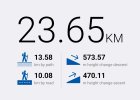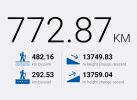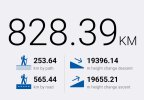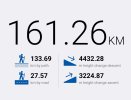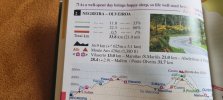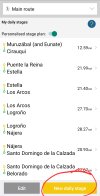KevinWilcox
Member
- Time of past OR future Camino
- April 2025
Dumb as it might seem, it's only recently sunk in that a good deal of some camino routes might be on vehicular roads rather than walking trails. I don't really mean the town and village-y bit, that's fairly self-evident, more the stretches in between. I think my understanding may have been incorrectly influenced by the various youtube videos I watched when I first started my prep a few weeks ago, all of which seemed to be on dirt track and trails.
Am I right? And if so, what routes have the least / quietest / most pleasant road walking?
Am I right? And if so, what routes have the least / quietest / most pleasant road walking?







